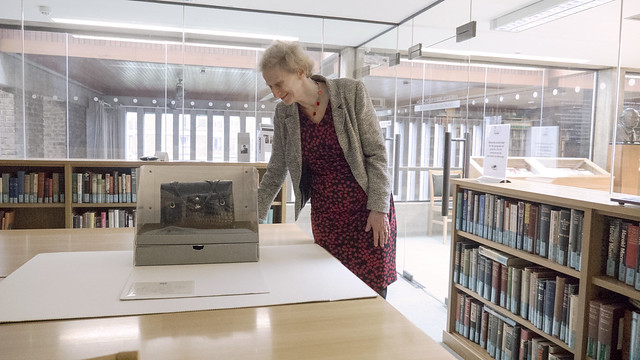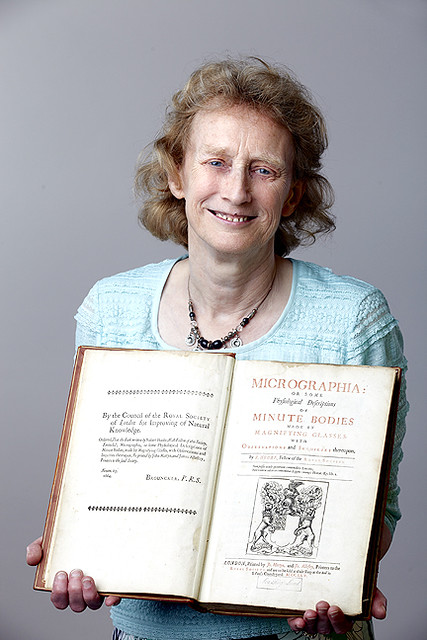A Level results are out, and students are now either celebrating, or sitting in misery having had their worst fears confirmed. Cambridge colleges, such as my own, will be assessing whether or not we’ve hit our multiple targets – by subject, by the various widening participation metrics and, of course, by gender. When I arrived in the College, the gender balance was not good. As a College whose statutes require 70% of its students and fellows to be in the STEM disciplines (broadly defined), in line with Churchill’s own wishes to found a college resembling MIT, that had perhaps not seemed so surprising to some. But, to me, the figure of 28% women that the 2015 intake of students comprised, seemed frankly not good enough. For the last couple of years and now, as I understand (things aren’t quite finalised yet) once more this year, we have managed a much healthier, near equal balance of numbers.
That is as it should be, but this academic year about to start marks a different and significant milestone in our history regarding women: the 50th anniversary of their first admission to the College. Churchill was the first of the historically all-male colleges (in either Oxford or Cambridge) to vote to admit women. 1972 (the year after my own arrival in Cambridge, at Girton) saw it and two other colleges, Clare and Kings, admit limited numbers. I believe in Churchill the number was around 30, out of an overall entering cohort of around 135. Those women may have felt ‘special’, but they certainly also felt outnumbered (made worse by the fact the two years above them would of course have been purely male).
I met some of these pioneers a month or so back when the 1972 matriculands were back to celebrate their 50th anniversary. I didn’t get a chance to quiz them in great detail about their experiences, although I certainly hope that some will be recording their oral histories of those times for the record. Nevertheless, it was clear they had been very conscious at the time of the lack of numbers of women around them, and were delighted to hear that the College was of a very different composition now.
Anybody who has found themselves in a tiny minority in a group will be aware there is likely to be a slight associated discomfort. Be it a man in a knitting group or a slimmers’ meeting (and I have met men who’ve been in both situations) or a woman in an engineering or physics lecture, feeling ‘other’ is hard to avoid. Whether or not there is any intention to exclude, it can end up happening anyhow simply due to discussion topics that are of interest to the majority not necessarily being of interest to you. I think you need at least a third of the minority gender for this effect to cease to be obvious.
I have felt the difference an increase in the number of women in a group makes in my role as ‘head of house’ (the collective noun for college heads). When I started as Master in 2014, around a third were women, but I think we all felt slightly uncomfortable and discouraged from expressing opinions when we were gathered together by the atmosphere around, and sometimes pointed comments were made when we tried. In formal meetings none of us (male or female) was addressed by name but as ‘the Master of Churchill College’ etc, which I found unfriendly and unnecessarily stiff. For a newcomer it all felt somewhat alien. Over the years since, more women have come in. Somehow things have become much more relaxed and women’s words are now heard as much as men’s. It feels as if this is down to the increasing numbers of us – currently it’s pretty close to 50:50 – but there is no control experiment, so the change could simply arise from the specific individuals involved. After all, the overall balance has shifted away from their being primarily academics, and that might also be relevant.
For those first women in the College, how hard did they find it to fit in? In lecture rooms and practical classes, there had been women present for years, coming from the three all-women’s colleges, but only in tiny proportions. I remember thinking I just had to get on with it if I was the only woman in the room during my student years. With 3 colleges each admitting, say, 30 students in 1972, that represented only about a 1% increase in the total number in the University, possibly nudging it over 10% for the first time. Women were still a rarity.
The sad thing is, though, that in a subject like Physics, the numbers may have increased from a mere 10% in my day to the giddy heights of, perhaps, 25% in a good year in Cambridge now that all colleges are mixed (excluding Newnham and Murray Edwards, which remain female-only). But our schools still manage not to encourage numbers of girls in equal numbers to boys when it comes to physics A level (and the same is true in reverse for English literature, the subject which saw the biggest overall drop in numbers in this year’s A Levels). As long as teachers believe, as the headteacher Katherine Birbalsingh appears to have done as she presented to the Commons Select Committee, that girls ‘just don’t like hard maths’ (or any other outdated stereotype), ensuring a College like mine, with its heavy STEM emphasis, has gender parity will always be a challenge.
Churchill is proud of its tradition as being a college ahead of the curve on matters such as this, and aims to be as inclusive as it can be. Although probably every college by now has its eyes firmly fixed on widening participation, we have a much longer tradition of admitting large numbers of state school students, right from its foundation. I am looking forward to our celebrations this year of the first admission of women, knowing so many of them have gone on to do spectacular things in the wider world.


